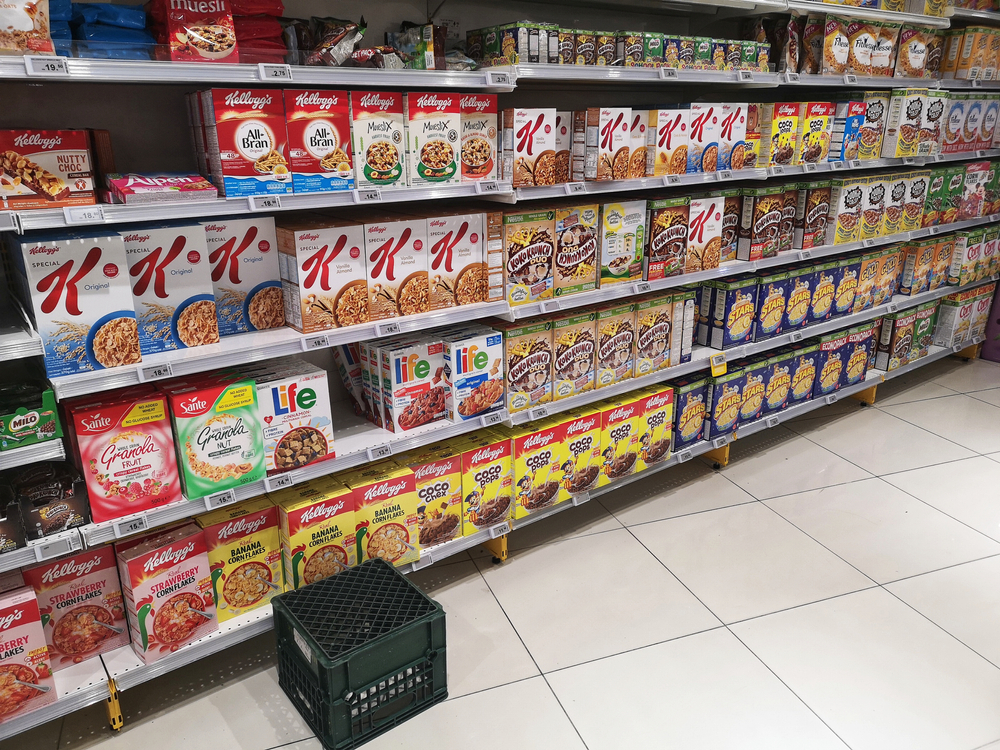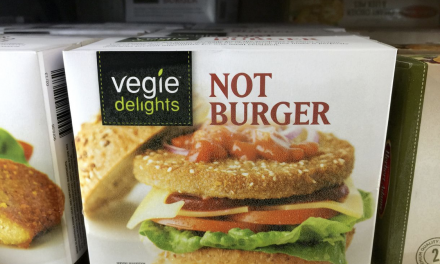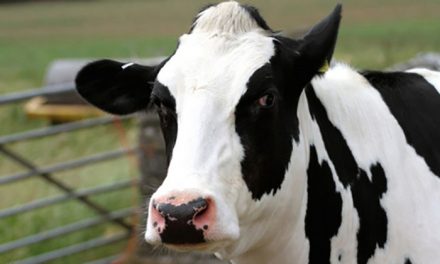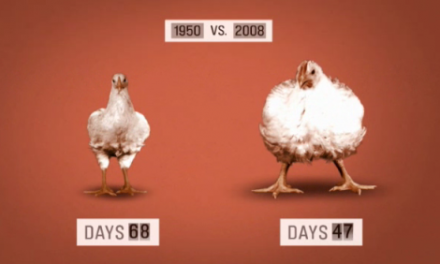Lucky’s Market filed for bankruptcy protection Monday, the latest in a series of grocery store bankruptcies. The grocery chain touts itself as “organic for the 99%,” and has found its niche amongst its loyal patrons, including me, Erin Elizabeth.
The decision to close several of its stores comes on the heels of trade reports in December that the chain had lost its crucial financial backing from The Kroger Co.
Last week, the company announced plans to close more than thirty stores around the country, saying it agreed to sell five stores to Publix and six stores to discount grocer Aldi. Lucky’s stated it will continue operating seven stores during bankruptcy.
RELATED STORY:
In 2003, Lucky’s was founded in Boulder, CO, by former chefs with farmers market-style stores and gourmet food. The stores captivated the interest of large grocery chains as it grew, including the mega-chain Kroger. In fact, in 2016, Kroger invested in Lucky’s, which at the time had 17 stores. Kroger CEO Rodney McMullen said at the time:
“Lucky’s approach is very much aligned with our efforts to provide affordable, fresh, organic and natural foods as part of our customer-first strategy. We expect to learn a lot from each other.”1
After securing backing from Kroger, Lucky’s expanded in Florida. However, that expansion, and heightened competition from chains like Earth Fare, Thyme, and Sprouts, proved to be untenable. Lucky’s said in its bankruptcy filing:
“The portfolio of company stores was unable to achieve sustainable four-wall profitability.”1
RELATED STORY:
Lucky’s had an approximately $100 million net loss and a 10.6% drop in sales at stores open for at least a year, as indicated by its most recent fiscal year ending in early January. Lucky’s has also increased its foodservice offering, which means a more expensive labor model.
To make matters worse, in December, Kroger declared it would divest from the chain. CEO McMullen told analysts:
“The amount of investment that it would take for Lucky’s to be a meaningful contributor to Kroger overall and the efforts that it would take, we just didn’t think it created a good return for the investments that were needed to be made.”1
RELATED STORY:
Lucky’s has around 3,100 employees, most of whom are hourly workers. Sixty-five of those employees work at the Ormond Beach Lucky’s, and are now my friends.
Chief executive of R5 Capital, Scott Mushkin, indicated that Whole Foods‘ efforts to drive down produce prices were constraining rival organic chains.
The bankruptcy is a warning of rising pressure on small and regional grocers in an industry with minuscule margins. Grocery stores are trying to make costly investments to grow online, while also confronting pressure from specialty and discount grocers.
For the record, I LOVE Lucky’s and am heartbroken over this news. I hope Aldi and Publix do the right thing with the employees who currently work at the Lucky’s they will soon take over. XO ~ Erin












